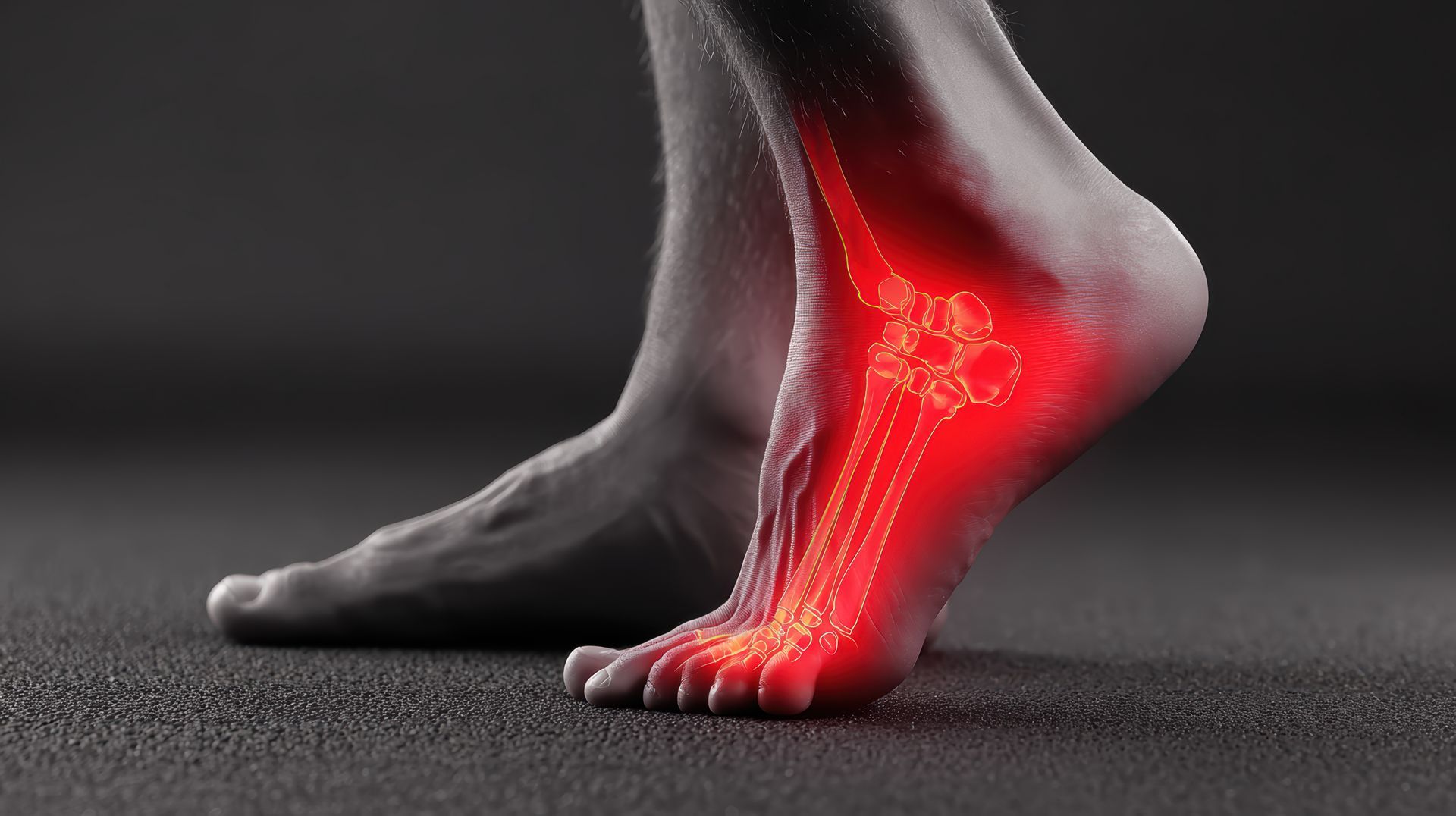Holistic Approaches to Managing Chronic Pain
Chronic pain can be a life-altering condition, affecting day-to-day activities, emotional well-being, and overall quality of life. While it may be tempting to consider only conventional treatments, many people are now discovering the value of a more holistic strategy. By integrating therapies such as acupuncture, massage therapy, and mindfulness, individuals often find relief that suits their lifestyle and personal health goals. At Chronic Care of Richmond, we believe in the power of personalized care plans, guided by expert opinions and patient experiences, to help those living with chronic pain find balance and comfort.
Why Holistic Care Matters
Holistic care focuses on treating the whole person—body, mind, and spirit. Rather than zeroing in exclusively on the pain itself, a holistic approach seeks to address underlying causes and contributors, which may include stress and muscle tension or even lifestyle factors, such as poor sleep and limited mobility. This broader scope can offer more sustainable relief and help individuals manage chronic conditions with greater control.
One of the key advantages of holistic therapies is their adaptability. Patients are not locked into a one-size-fits-all treatment. Instead, different modalities can be integrated based on specific needs. Consequently, people often experience fewer side effects while benefiting from multiple avenues of healing. An individual who benefits from acupuncture might also find that massage therapy helps reduce tension in targeted parts of the body, doubling the positive effects.
Trigger Point Injections for Chronic Pain
Trigger Point Injections for chronic pain can typically allow for immediate pain relief caused by muscle tightness and strain. By inserting thin needles at strategic points on the body, practitioners aim to restore balance and promote the body’s natural healing processes.
It can be considered similar to acupuncture forms holistic medicine, however, offers the additional benefit of inserting a small amount of lidocaine or saline into the area of pain which helps break up the tightness and provide relief.
When people think of acupuncture, pain relief is often the first benefit that comes to mind. According to findings published by the National Library of Medicine, a 2017 survey revealed that more than 14 million U.S. adults had tried acupuncture for various health concerns, including chronic pain. Many of these participants reported benefits such as reduced pain intensity and improved daily function. Notably, trigger point injections are very similar to acupuncture, which typically involves minimal to no recovery time; thus individuals can return to everyday activities quickly.
Massage Therapy for Relief
While most recognize massage therapy as a form of relaxation, its use for chronic pain management is well-documented. By applying targeted pressure to muscles and connective tissues, massage therapists can help break down adhesions, relieve tension, and improve circulation in affected areas. This seemingly simple process can have profound effects on pain intensity and range of motion issues.
A session with a massage therapist is not just a luxurious spa event; it can be an integral part of a customized care plan. Many people who suffer from conditions like fibromyalgia or osteoarthritis find that consistent massage can reduce inflammation and stiffness, allowing them to engage in light exercise or everyday tasks with greater ease. In other words, massage complements other forms of therapy—such as acupuncture or mindfulness practices—by preparing the muscles and joints for additional treatment or mobility.
Mindfulness and Stress Reduction
The connection between mental well-being and physical health is undeniable. Stress, anxiety, and depression can all amplify chronic pain, creating a cycle that is often challenging to break. Mindfulness-based interventions, such as meditation and deep-breathing exercises, have garnered significant attention for their role in interrupting this loop.
A 2021 systematic review available via PubMed found that mindfulness-based programs effectively reduced pain severity and improved coping strategies for individuals with various chronic pain conditions. The foundational principle is simple: focusing on the present moment and acknowledging thoughts and sensations without judgment can gradually diminish the emotional weight of pain. With practice, mindfulness can shift one’s perception of pain, helping to minimize its negative impact on daily life.
Personalized Care Plans at Chronic Care of Richmond
People managing chronic pain can benefit the most when they take a multifaceted approach. That’s why Chronic Care of Richmond emphasizes personalized plans tailored to each individual’s condition, lifestyle, and comfort level. Some patients might opt to ease into trigger point sessions, complemented by periodic massage therapy. Others may find greater benefit when they combine regular mindfulness exercises with gentle, guided physical therapies.
Our emphasis on collaboration and open communication helps ensure that every individual feels supported in their journey. If one approach isn’t yielding the desired results, adjustments can be made—whether that involves trying a different frequency of massage appointments or incorporating new mindfulness techniques. Expert opinions, bolstered by patient testimonials, guide these decisions. Numerous people have discovered that this kind of personalized plan resonates more deeply than a standard protocol, honoring both the complexity of chronic pain and the unique strengths each person brings.
Explore Your Next Steps
Holistic treatments like trigger point, massage therapy, and mindfulness offer more than just symptom relief—they invite you to take an active role in your wellness journey. By integrating multiple therapies, many patients set themselves on a path to better long-term outcomes, improved daily function, and a renewed sense of hope.
If you’re interested in learning how Chronic Care of Richmond can help you explore safe, effective, and personalized treatment plans for chronic pain, we invite you to reach out for more information. Visit our contact page to speak with our team, or explore other pages on our website for a deeper look at our services. Let us help you work toward a more comfortable future—one step at a time.




